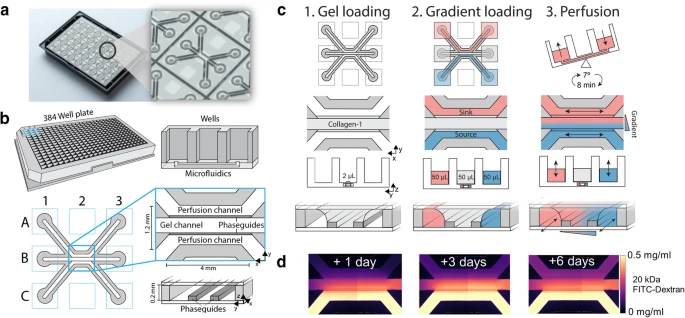Perfused 3D Angiogenic Sprouting in a High-Throughput In Vitro Platform

Perfused 3D Angiogenic Sprouting in a High-Throughput In Vitro Platform

Perfused 3D Angiogenic Sprouting in a High-Throughput In Vitro Platform

Perfused 3D Angiogenic Sprouting in a High-Throughput In Vitro Platform

No items found.
Perfused 3D Angiogenic Sprouting in a High-Throughput In Vitro Platform

Perfused 3D Angiogenic Sprouting in a High-Throughput In Vitro Platform

Perfused 3D Angiogenic Sprouting in a High-Throughput In Vitro Platform

Perfused 3D Angiogenic Sprouting in a High-Throughput In Vitro Platform

Perfused 3D Angiogenic Sprouting in a High-Throughput In Vitro Platform

Perfused 3D Angiogenic Sprouting in a High-Throughput In Vitro Platform

